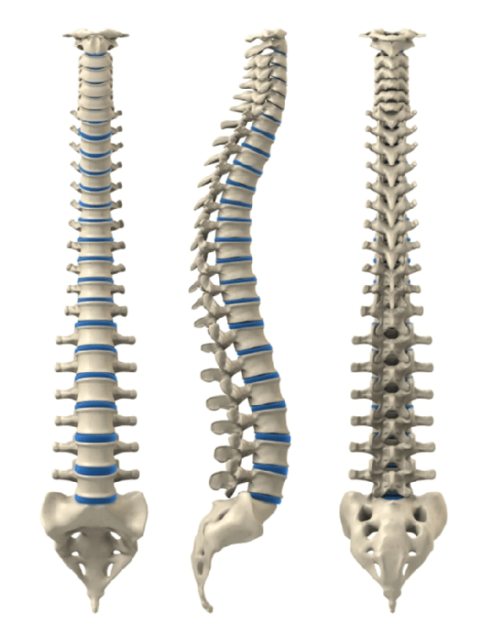A Brief Look at the Complexity of the Spine

Though your spine makes all of your movement possible, you may not think about it too much. To many, the spine seems straightforward enough—just a set of bones that attaches the top half of your body to your bottom half. Yet in fact, the spine is an incredibly complicated structure made up of many individual components. Here’s a brief look at the human spine and all of its complexities:
The Vertebrae
Though the spine is often called the “backbone,” it is in fact comprised of 33 vertebrae—nine of which are fused together to make up the coccyx and sacrum of the lower spine. The three regions of the spine are called the cervical (upper), thoracic (middle), and lumbar (lower), and are made up of 7, 12, and 5 vertebrae respectively.
Discs
Between each of the vertically-stacked vertebrae are discs, which are made of cartilage and act as shock absorbers. If the discs didn’t exist, then our spines wouldn’t bend, making life very difficult. One of the most common culprits of lower back pain is a herniated disc, which is when one of the discs moves out of alignment and pinches a nerve.
The Spinal Cord
Perhaps the most important part of the spine is the spinal cord, a long tube of nerve tissue that runs down the length of your spine. Spinal cord injuries are extremely serious, as they can result in paralysis: Your spinal cord is the highway through which all of your body’s neural signals pass, making it responsible for all of the feeling and movement below your head.
If you’d like to learn more about your spine, then contact the Spine Institute of Nevada. We know how complicated the spine is, which is why we take extra care with diagnosing and treating difficult spine disorders. If you’re feeling any pain or discomfort in your spine, then call 702-239-3787 right away.
